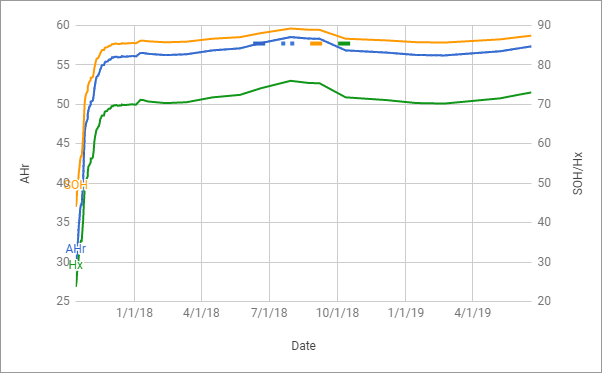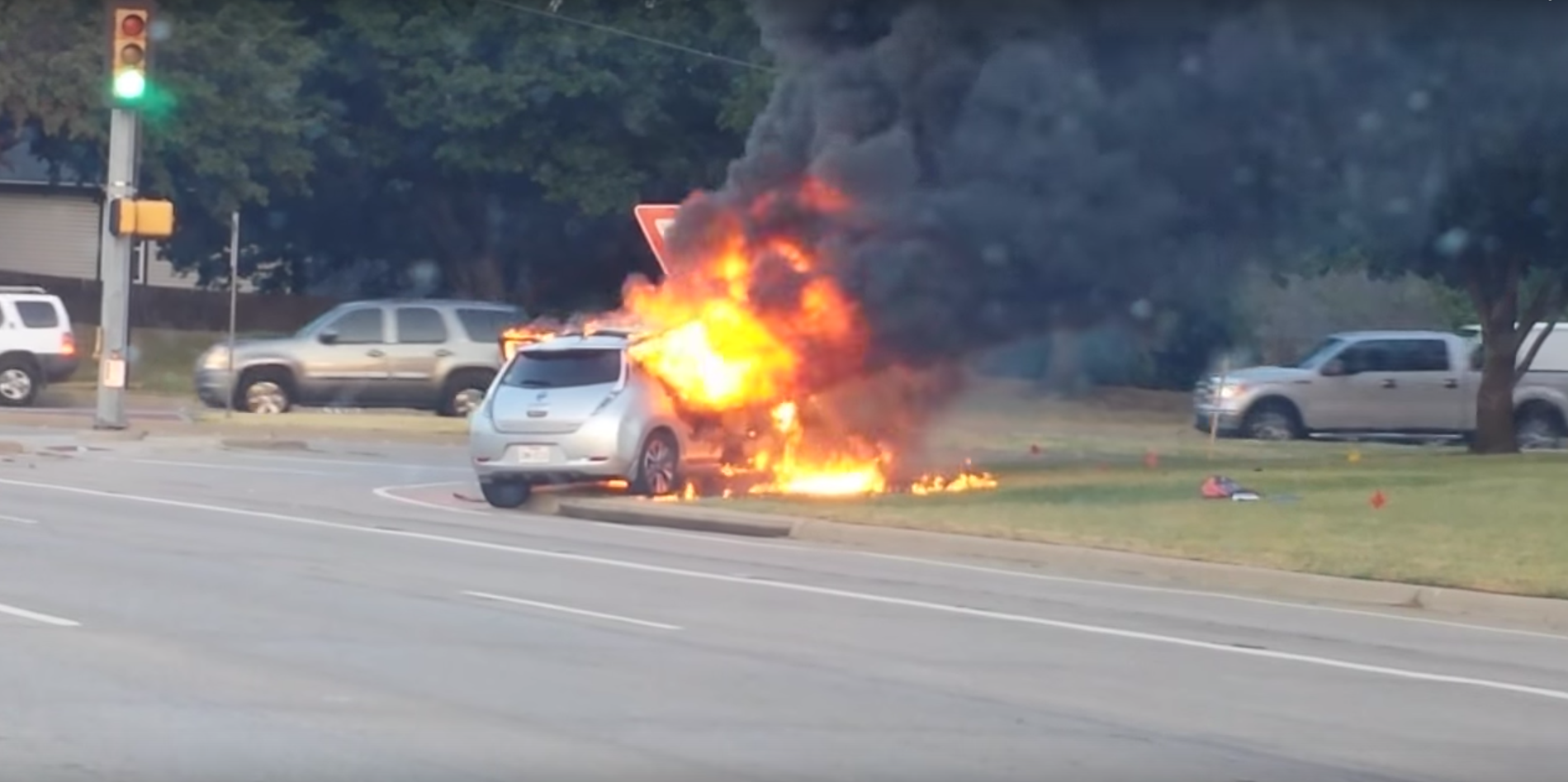All 3 values vary over time and can go up and down, especially weather related. It's pretty obvious here which you can correlate with the average temperature during the time when I recorded the values 

From the start until 1/3/18 or so the BMS was learning the capacity of the new pack (cells were replaced by Cor, you can find the other thread about this). After that it seems to have switched algorithm and behaved a little differently afterwards. So far I have not seen any trend towards decreasing life, I try and keep the car charged <=80% all the time (set it up to default to 80% unless I override).
I am still stuck with 5 capacity bars, despite my now ~87% SOH. It looks like Dala found a way to at least visually change the capacity bars though, so presumably a Muxsan enabled car could show a re-calculated true SOH: https://secondlifestorage.com/showthread.php?tid=6308&pid=57641#pid57641

From the start until 1/3/18 or so the BMS was learning the capacity of the new pack (cells were replaced by Cor, you can find the other thread about this). After that it seems to have switched algorithm and behaved a little differently afterwards. So far I have not seen any trend towards decreasing life, I try and keep the car charged <=80% all the time (set it up to default to 80% unless I override).
I am still stuck with 5 capacity bars, despite my now ~87% SOH. It looks like Dala found a way to at least visually change the capacity bars though, so presumably a Muxsan enabled car could show a re-calculated true SOH: https://secondlifestorage.com/showthread.php?tid=6308&pid=57641#pid57641


